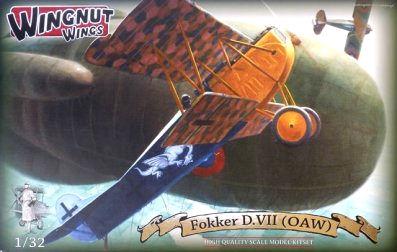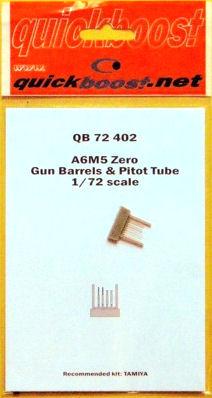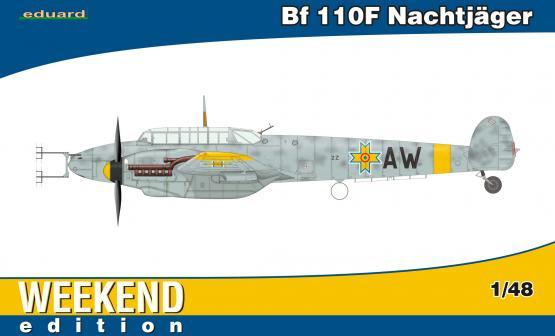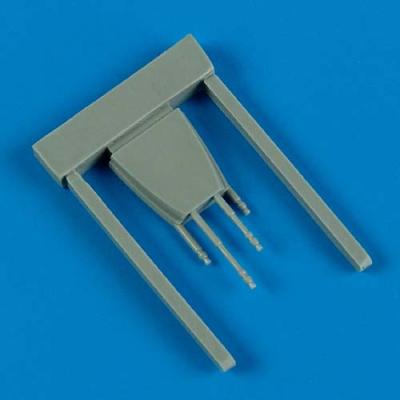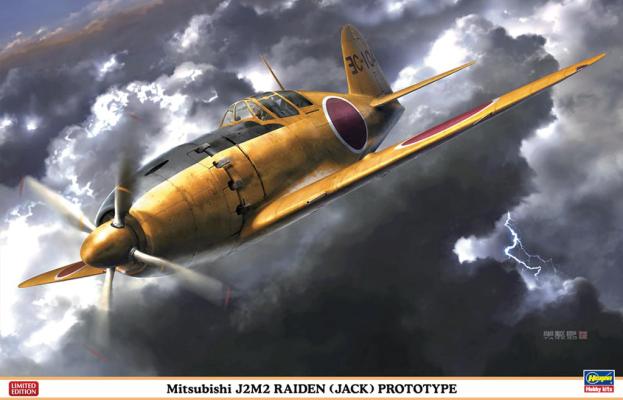The D.VII is my first go at a Wingnut Wings (WNW) kit, and I chose it for several reasons. The D.VII is one of the most recognizable aircraft used in World War I, perhaps even more so than the Dr. I. That having been said, the most significant feature that put this kit above the other WNW offerings for me was the sparse rigging that would be required. I don’t mind rigging per se, having tackled a number of 1/48th kits that are fully rigged, but I did not want to make my initial WNW project any more difficult or complex than it needed to be by adding rigging to the process.
Welcome to the IPMS/USA Reviews site!
Introduction: The primary organization of the IPMS/USA Review website is by IPMS/USA National Contest Class. Within each Class there are sub-menus by kits, decals, books, etc. The Miscellaneous Class is for items that are not class specific or that cross two or more classes.
IPMS/USA Members: We encourage you to submit reviews, both here and to the Journal. To volunteer for membership in the IPMS/USA "Reviewers Corps" and submit your own reviews, please read the Guidelines For Submitting Product Reviews.
Manufacturers, publishers, and other industry members: IPMS/USA is pleased to offer your company the opportunity for product reviews. All product reviews are performed by IPMS/USA members, and are posted in the publicly-accessible section of our website. With very few exceptions, we perform full build reviews of new kit releases, aftermarket products, and supplies. If you would care to provide product samples for review, please contact John Noack, IPMS/USA 1st VP.
To learn more about IPMS/USA, please see our About Us page.
Quickboost now offers model builders an aftermarket detail set that replaces the wing gun barrels and pitot tube found in Tamiya’s 1/72 A6M5 kit. The parts provide a higher level of detail and accuracy, and the gun barrels are molded with open ends. The parts are designed simply to drop-in, in place of the kit part, and provide better detail.
The parts are molded in Quickboost’s familiar resin on a small casting block with protective bars on the ends. The quality of the molding is quite flawless, with no bubbles, pinholes, or flash to deal with. A sharp #11 X-Acto blade or razor saw blade is the only tool needed to remove the parts from the casting block, and a quick swipe with a sanding stick can dress up the cut, if necessary. Because they are resin, they must be anchored with superglue or epoxy cement.
These detail parts will be a very nice addition to the 1/72 scale Tamiya 1/72 A6M5 kit. This set is highly recommended.
The Bf-110F was a transitional aircraft. It was put in place with the failure of the Me-210. It was an interim until the G-2 could be produced in numbers. Only 500 were made, divided between night fighters and fighter bombers.
Interestingly, Eduard elected to release the F as a weekend edition. This is the first time that the Bf-110F has been available in any scale that I know of. This cardboard box is so jam-packed with plastic it is surprising to me that it costs so little. Because of the transitional status of the real aircraft, it had features of the older E model and the newer still-to-come G model. Eduard’s parts break down shows this transitional parts listing, necessitating the parts from each of the earlier releases. There are a lot of extra parts because of it, even extra fuselage halves.
Quickboost has produced a set of resin gun barrels to replace the nose armament for the Eduard Bf-110E kit. The only real differences between the kit and replacement parts are that the resin part is one piece, whereas the kit parts need to be glued together, and the gun barrels are drilled out, allowing for more realism. Once installed, the gun barrels are barely visible, although the drilled out muzzles do stand out, and the parts are so small that drilling them out could be a bit tedious at best.
This is a nice little addition to what is already an excellent kit. Recommended. My thanks to Quickboost and to IPMS/USA for the opportunity to review these items.
The J2M series of aircraft were designed by Dr. Jiro Horikoshi who also was responsible for the Zero / Zeke design. The J2M (Allied code name “Jack”) was designed in 1939 and first flown in March of 1942. A total of 621 J2M Raiden (Japanese for Thunderbolt) series of aircraft J2M1 through J2M6 were produced with the M2 and M3 accounting for 438 of the total built.











